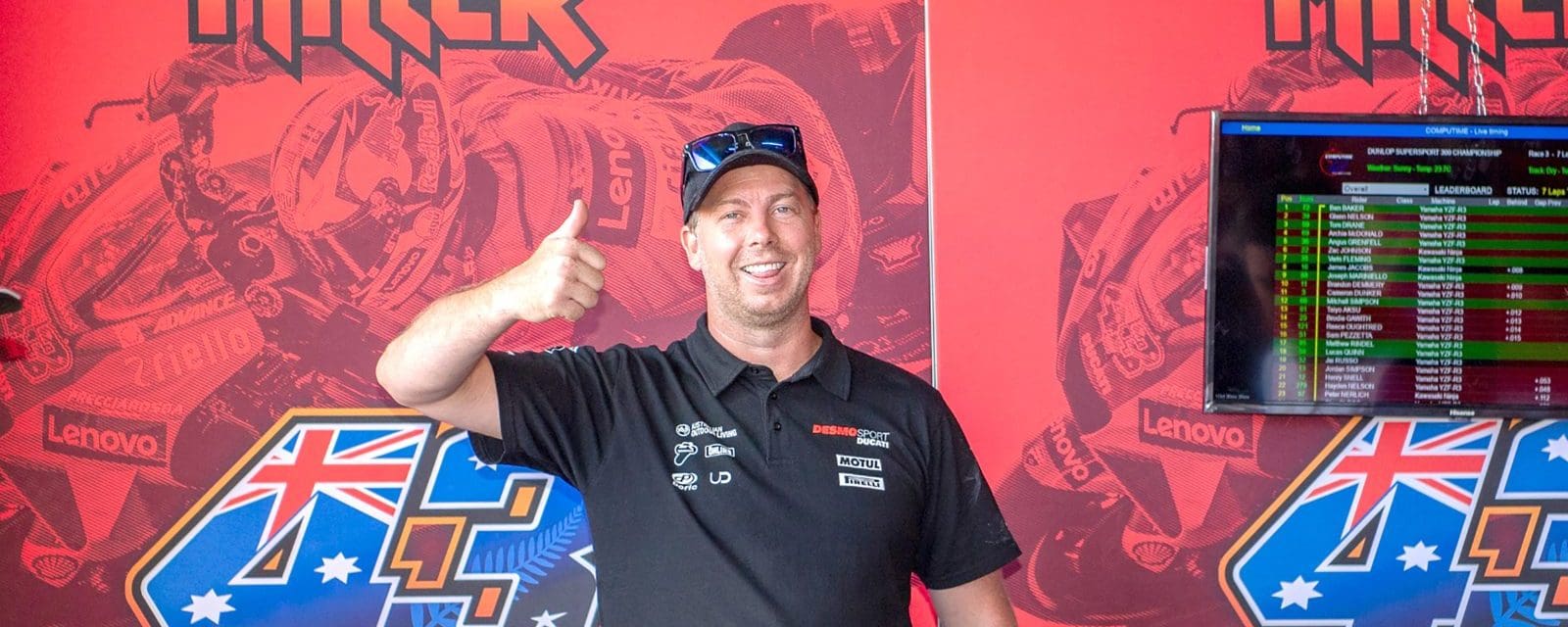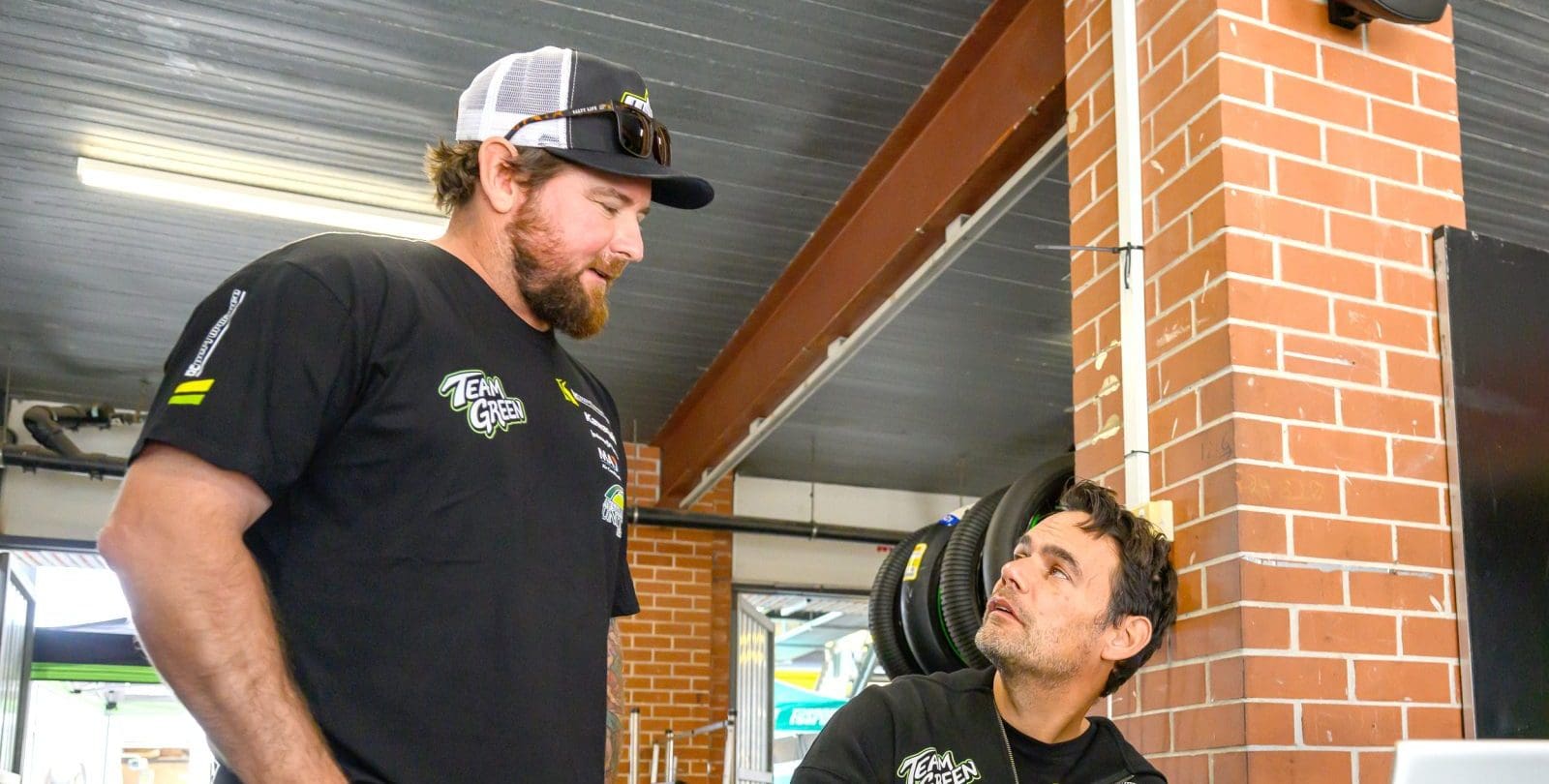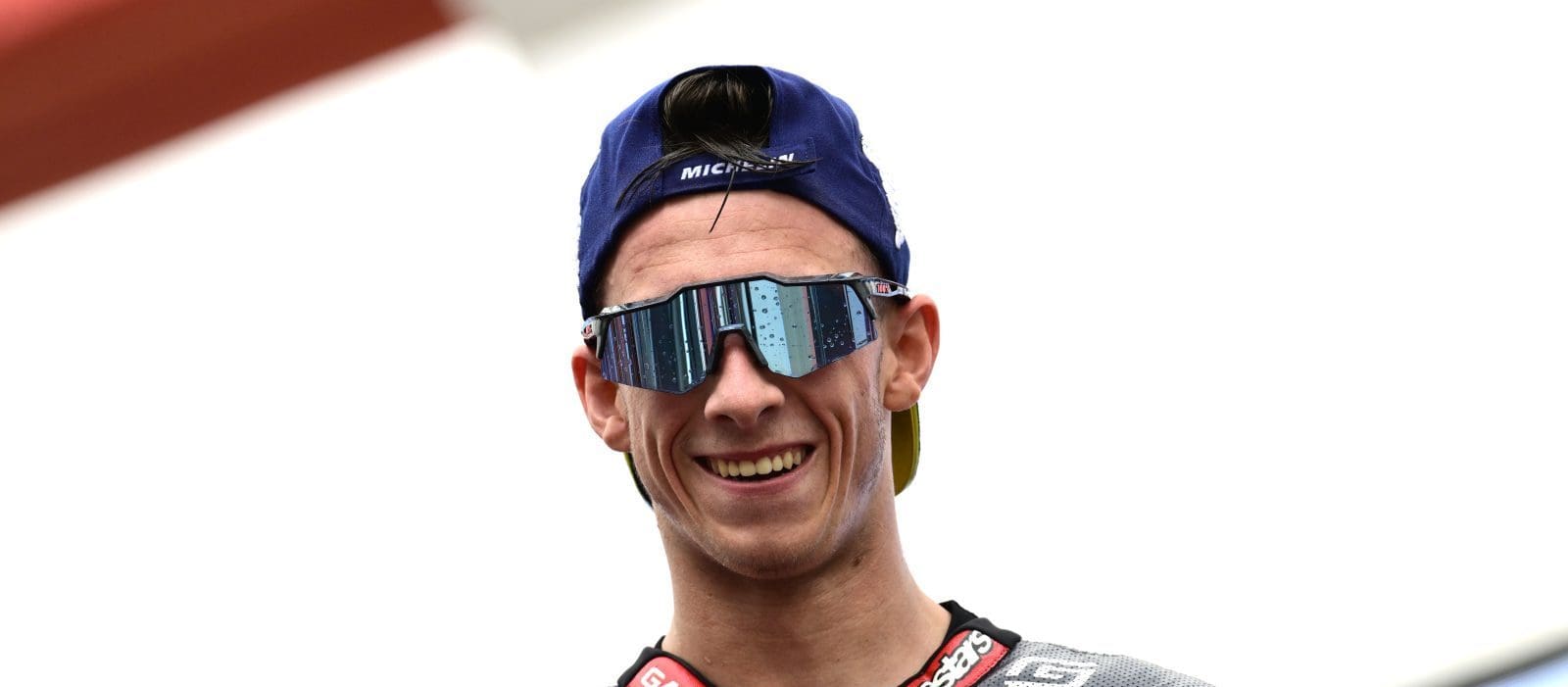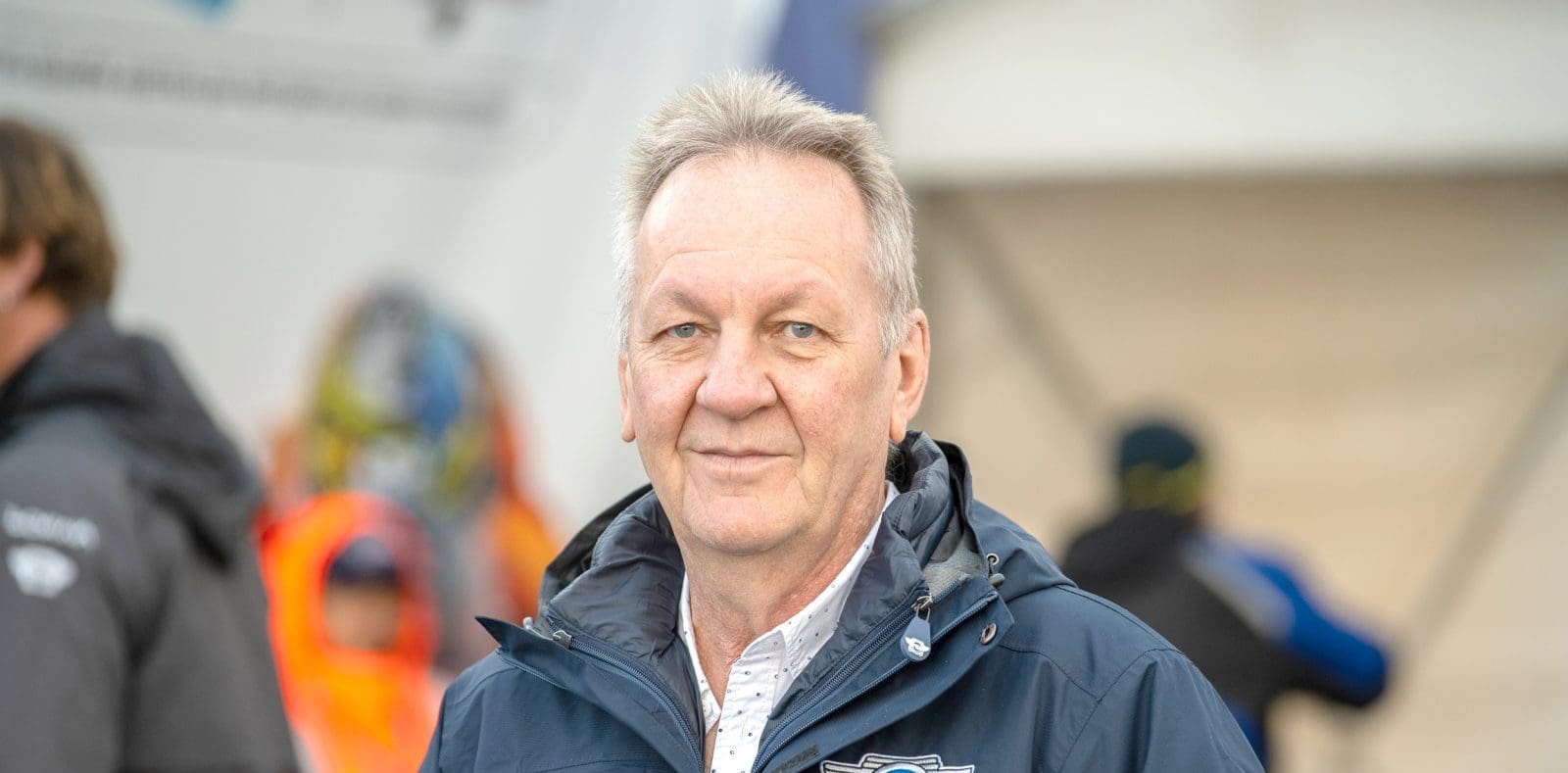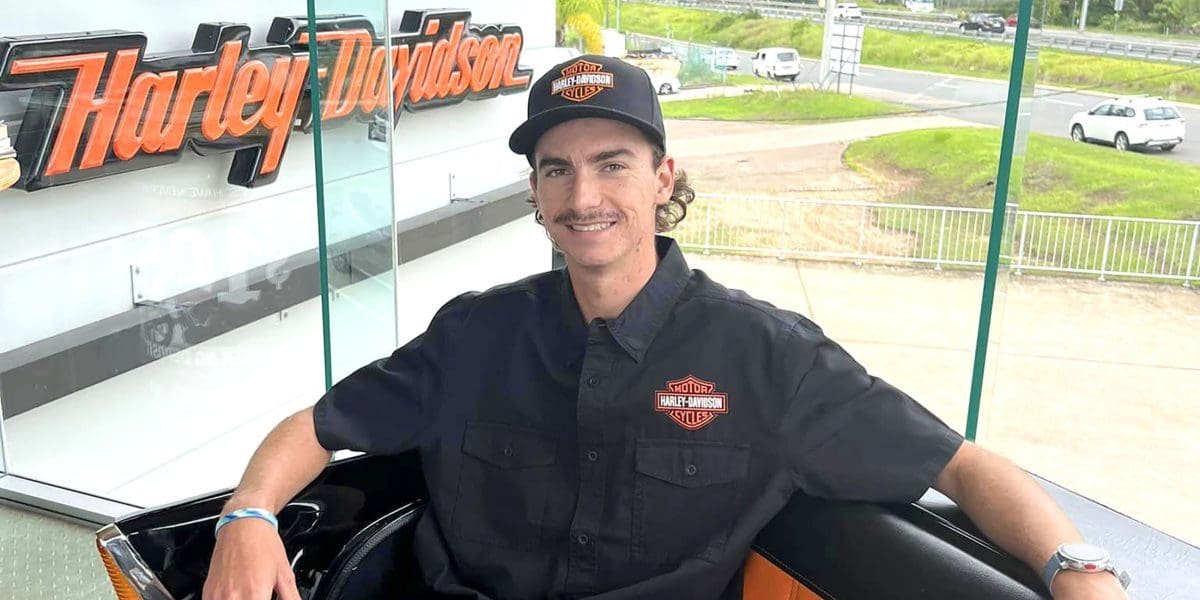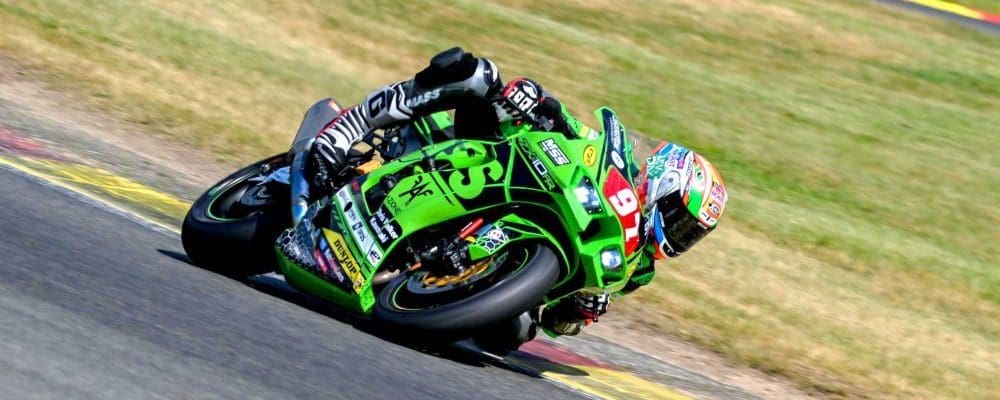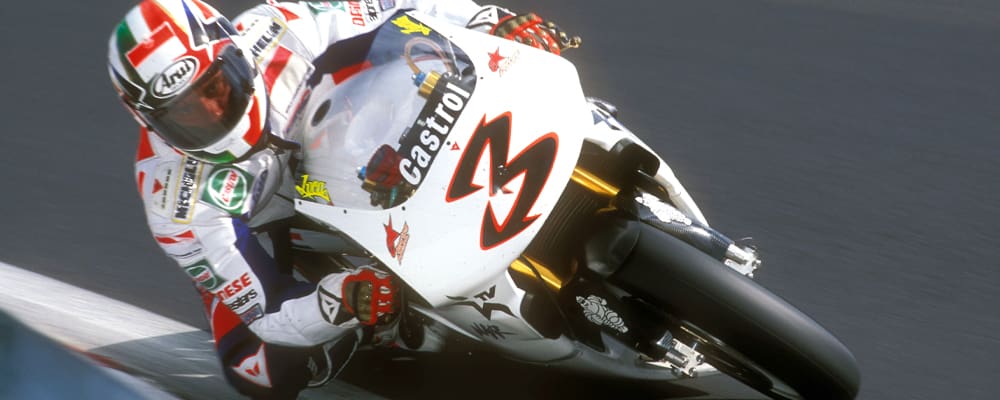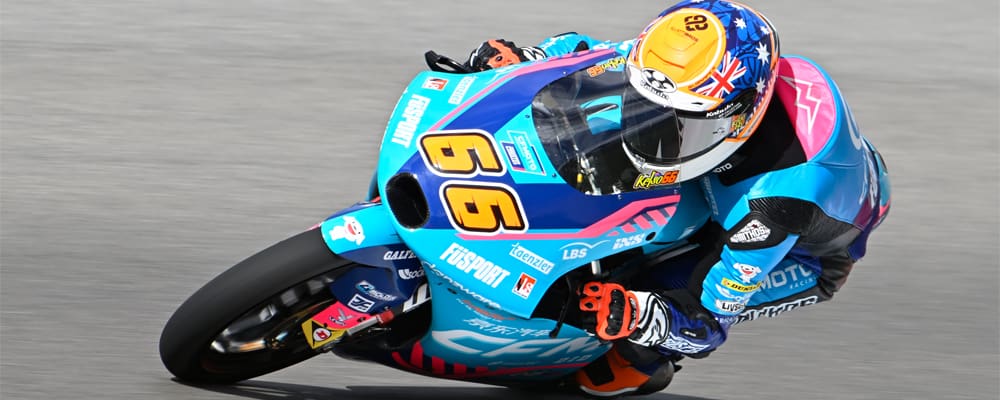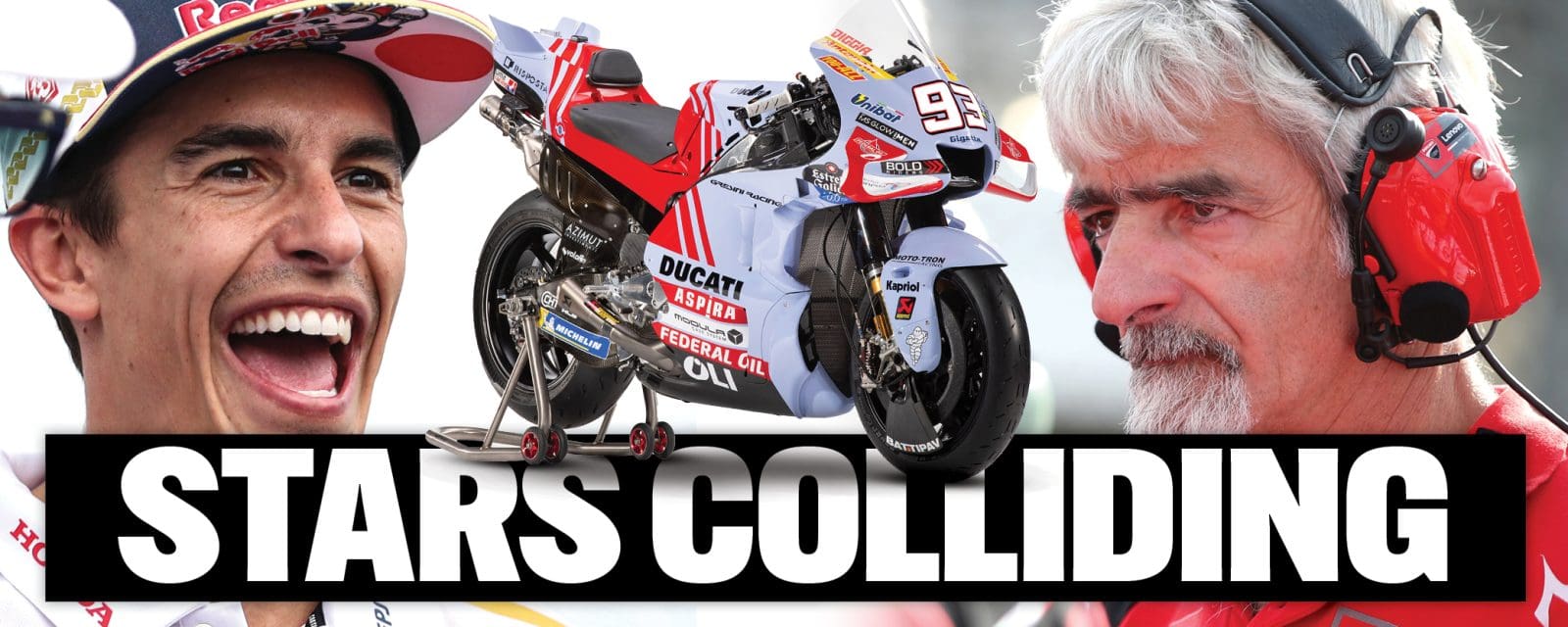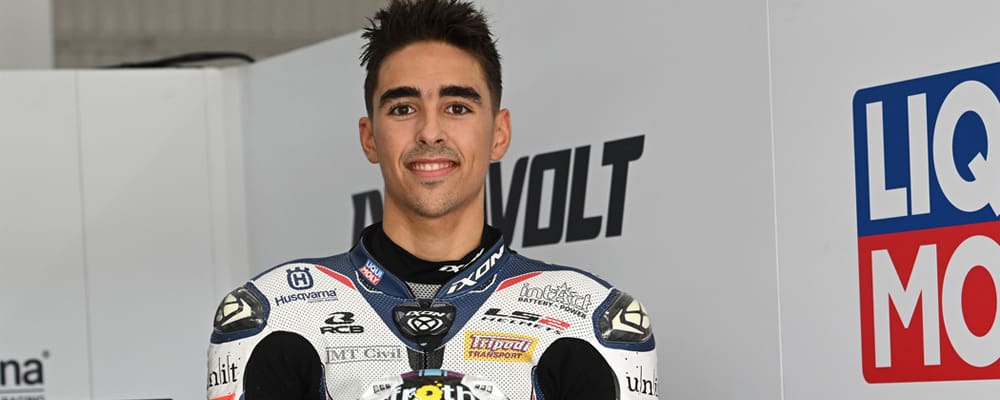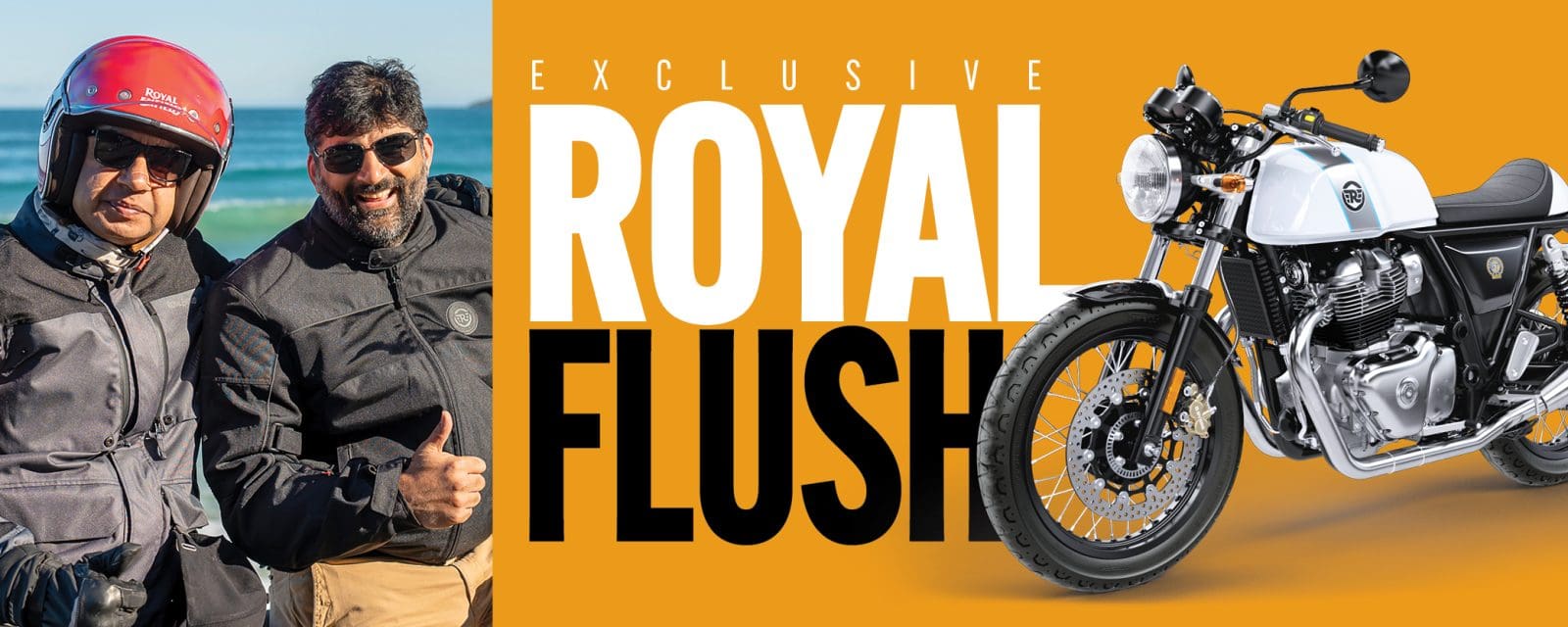Welcome to Australia. It’s been a few years in the planning I hear?
Yes. We’d been considering coming here for 10 years and now we’ve committed for three years. It’s important for our series to race at top-level circuits, as we see ourselves as a MotoGP feeder class. Until we came to The Bend, the farthest we’d gone outside our Asia support base was Qatar. We’ve worked closely with Motorcycling Australia to make this happen.
How different is your championship to ASBK?
What most people don’t realise is that all our riders are paid to race. The top guys in our Underbone 150 class earn $US10,000 ($A13,300), while the top riders in our Super Sports 600 get up to $US60,000 ($A79,800). This is because there are two types of teams competing – factory teams run from Japan and national teams supported by local distributors – and all are equally competitive. There is a big talent pool in Asia, and at junior national level a potentially good rider can get a small contract after just three or four races.
The championship has been going for two decades. How has it managed to survive the global ups and downs?
We’ve been going since 1996 and are into our fourth generation of riders. I have been involved from the start, and I’d say sustainability has been the key to our success. A lot of championships start aggressively but can’t maintain the momentum and fall away. We’ve worked slowly and carefully to reach out to more countries, while keeping our operations at a size we can sustain.

What’s the biggest challenge in running a series that visits five countries over six rounds (this year Japan, Thailand, India, Indonesia and Australia)?
Customs. Each country has its own procedure. It would be so good if there was one system that applied to all. It’s become such an issue that we now have our own shipping agent who works full-time for us.
How has your championship changed over the years?
In the beginning a lot of riders used it as a passage to the world stage. Now it’s such a strong series that riders are staying longer. We have factory teams from Honda, Kawasaki and Yamaha, with Suzuki returning next year.
And you are bringing in a Superbike class for 2019?
Yes, but we will be keeping Super Sport 600. The 600 class will probably go back to production tyres rather than slicks. We use slicks because our format is long races that help prepare riders for MotoGP, so there will be some readjustment there. We aim to have a minimum of 16 riders on the grid in the Superbike class. We also want non-factory teams to enter, as well as European manufacturers such as BMW and Ducati, which are gaining a presence in the luxury end of the Asian motorcycle market.
Superbike also might make your championship more relevant to Australians.
We are working at a cross-pollination with Australia through MA. We are in the same part of the world and have already had a number of Australians competing successfully, the most notable being Chris Vermeulen in 1999 and now Anthony West. Superbikes are big in Australia, but our open-make 250 class, the first in the world and running since 2015, is big for us. Honda designed a CBR250RR just for this series and it is only sold in Indonesia and Japan. Superbikes are a way of building on the solid base we already have and bringing another motorcycle passion to our series.
By Hamish Cooper

